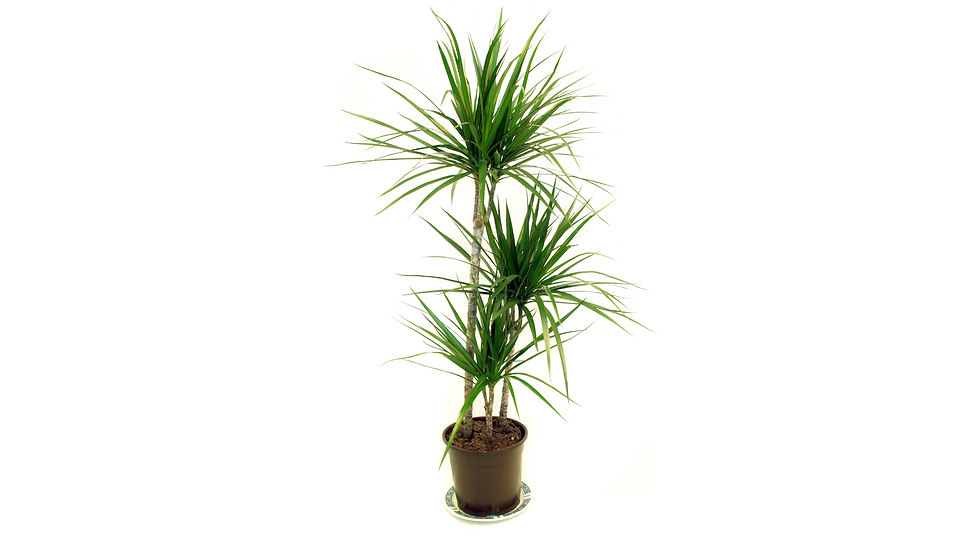Top vs. Bottom Watering: Which Method Is Best for Your Plants?
- Plantcare.club

- Jan 17
- 4 min read
Welcome to PlantCare.Club, where we break down all things plant care to make your plant parent journey easier and more successful! In today’s blog, we’re tackling one of the most debated topics in the plant care world: top watering vs. bottom watering. Believe it or not, this seemingly simple topic has divided plant lovers into 2 distinct camps.
So, which method should you choose for your plants? Let’s dive into the pros, cons, and best practices for each approach to help you decide what works best for your leafy friends.
What Is Top Watering?
Top watering is the most common method for watering plants. It involves pouring water directly onto the soil from above, allowing it to soak down through the pot.

How It Works:
Water is poured over the soil, either manually with a watering can or through a sprinkler system.
The water runs down through the soil, reaching the roots.
Commonly Used For:
Outdoor plants: Garden plants, hanging baskets, and outdoor annuals (e.g., geraniums, petunias, and million bells).
Tropical houseplants: Monstera, ficus, and sansevieria.
Young plants and seedlings: Especially those with underdeveloped roots that cannot reach the bottom of the pot.
Pros of Top Watering:
Easy to do: No extra equipment is required; just grab a watering can.
Versatile: Works for plants of all sizes and in various containers.
Thorough watering: Ensures the entire soil is saturated, from the surface to the bottom.
Cons of Top Watering:
Encourages pests: Wet topsoil can attract fungus gnats and other pests.
Uneven watering: Water may not penetrate deeply enough if poured too quickly.
Risk of overwatering: Excess water can accumulate in the saucer or tray, leading to root rot if not drained.
What Is Bottom Watering?
Bottom watering involves placing a plant pot in a tray or container of water, allowing the water to soak into the soil from the bottom up through the drainage holes.

How It Works:
Water is added to a tray or basin.
The plant is placed in the water, allowing the soil to absorb moisture through capillary action.
After 10-30 minutes, any remaining water is discarded.
Commonly Used For:
Mature plants: Established roots can easily reach the bottom of the pot.
Larger pots: Often used for patio plants or larger houseplants.
Root development: Encourages roots to grow downward in search of moisture.
Pros of Bottom Watering:
Promotes healthy root growth: Roots grow deeper, making the plant more resilient.
Reduces pests: Keeps the topsoil dry, discouraging fungus gnats and mold.
Even moisture distribution: Ensures all soil layers are evenly watered.
Cons of Bottom Watering:
Time-consuming: Requires more effort to set up compared to top watering.
Not ideal for young plants: Baby plants or propagations may not have roots deep enough to absorb water.
Limited by container size: Requires a tray or basin large enough to fit your pot.
When to Use Each Method
The best approach depends on your plant’s stage of growth, type, and watering needs. Here’s a quick breakdown:
Top Watering
Use for:
Seedlings or young plants.
Plants with underdeveloped root systems.
Quick and easy watering for most houseplants.
Tips:
Water slowly to avoid oversaturating the soil.
Allow the top layer to dry out between waterings to prevent pests.
Bottom Watering
Use for:
Mature plants with established roots.
Plants prone to root rot (e.g., succulents, cacti).
Pests or mold issues in the topsoil.
Tips:
Check soil moisture before bottom watering to avoid overwatering.
Discard any excess water to prevent stagnant water in the tray.
Comparing Top and Bottom Watering Plants: A Handy Chart
Feature | Top Watering | Bottom Watering |
Soaks All Soil | Yes | Yes |
Better for Bugs | No – Wet soil encourages pests | Yes – Dry soil discourages pests |
Encourages Root Growth | No – Roots may stay near the surface | Yes – Roots grow deeper |
Ease of Use | Yes – Simple and quick | No – Requires extra setup |
A Hybrid Approach: Why Not Use Both?
As with most plant care debates, the answer isn’t black and white. Many experienced growers use a combination of both methods based on their plants’ needs:
Propagating a new plant? Start with top watering to ensure the baby plant gets enough moisture.
Mature plant in a large pot? Switch to bottom watering to promote root health.
Repotting a plant? Alternate between top and bottom watering to encourage roots to spread.
Pest problems? Stick to bottom watering to keep the soil surface dry.
Real-Life Examples
Top Watering Scenario:
You’re caring for a newly propagated spider plant baby. Top watering is essential to ensure the delicate roots can access enough moisture until they grow deeper into the soil.
Bottom Watering Scenario:
Your mature monstera is thriving in a large pot. Bottom watering helps it develop a strong root system while keeping the topsoil dry and pest-free.
Final Thoughts
Both top and bottom watering have their place in your plant care routine. The key is understanding your plant’s specific needs and adjusting your method as it grows and matures.
By using these tips and techniques, you can keep your plants healthy, happy, and thriving.
Have questions about plant care? Visit PlantCare.Club for more resources, blog posts, and answers to all your plant-related queries. Until next time, happy watering!
If you have questions about caring for your plants or want to learn more about their unique journeys, don’t hesitate to reach out to us at plantcare.club.
Listen to our latest podcast episodes 👇
We're here to support your plant parent journey with tips, resources, and a community of fellow plant lovers!
Download our plant care guides at plantcare.club for helptips tips!







Comments